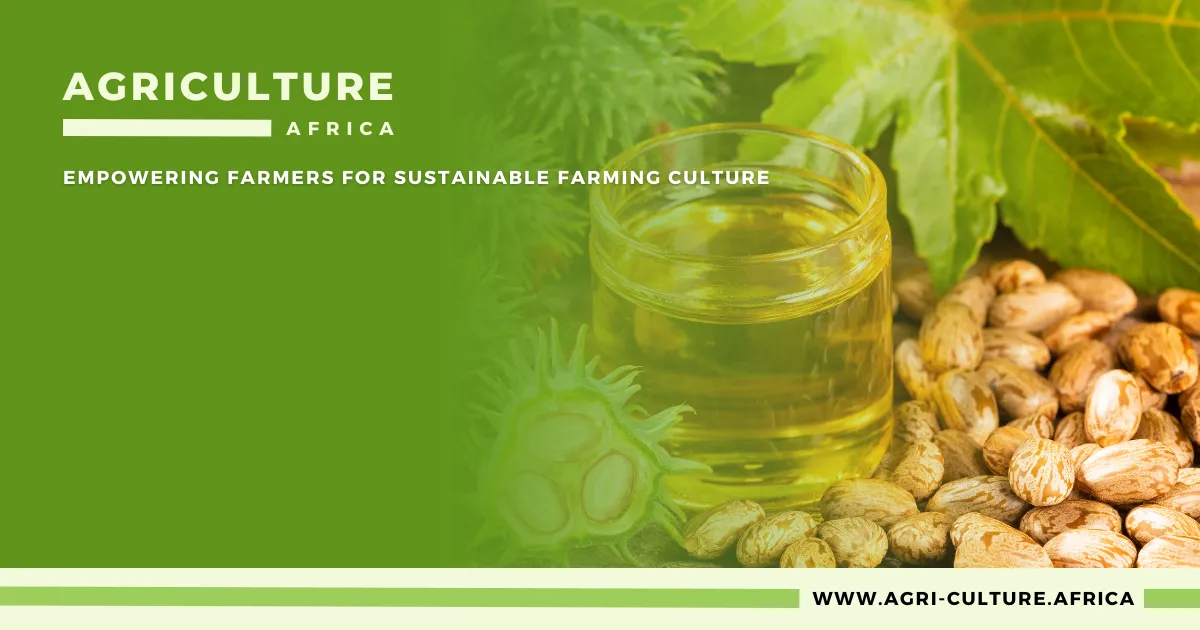Biodiesel Production from Castor Oil: Top 5 Efficiency Tips for 2024
Biodiesel, a renewable and sustainable alternative to fossil fuels, is gaining traction globally as an eco-friendly solution to meet energy demands. Among the various feedstocks for biodiesel production, castor oil emerges as a standout due to its unique properties and versatility. This article explores the methods, benefits, and future prospects of producing biodiesel from castor oil while highlighting its efficiency and potential applications.
Why Choose Castor Oil for Biodiesel Production?
Castor oil, extracted from the seeds of the Ricinus communis plant, offers several compelling advantages for biodiesel production:
- High Oil Content: Castor seeds contain 45% to 60% oil, providing a rich source for biodiesel production.
- Low Free Fatty Acid (FFA) Content: The low FFA levels simplify the production process, reducing the need for complex pre-treatment.
- Unique Fatty Acid Profile: Rich in ricinoleic acid, castor oil enhances biodiesel’s cold flow properties, making it suitable for cold climates.
These attributes position castor oil as an efficient and versatile feedstock for renewable energy solutions.
Biodiesel Production Methods Using Castor Oil
The most widely used method for producing biodiesel from castor oil is transesterification. Below is a step-by-step guide:
- Feedstock Preparation: Castor oil is purified to remove impurities, water, and free fatty acids, ensuring a smooth reaction process.
- Methanol/Alcohol Addition: Methanol or another alcohol is mixed with castor oil in the presence of a catalyst such as sodium hydroxide (NaOH) or potassium hydroxide (KOH).
- Reaction and Separation: The mixture is agitated to initiate the transesterification reaction, yielding biodiesel (methyl esters) and glycerol. The glycerol is separated from the biodiesel.
- Washing and Neutralization: The biodiesel is washed to remove impurities and excess methanol. Catalyst residues are neutralized.
- Drying: The washed biodiesel is dried to eliminate any remaining water content.
By following these steps, producers can achieve a high yield of quality biodiesel suitable for various applications.
Efficiency and Versatility of Castor Oil Biodiesel
Biodiesel from castor oil excels in several key areas:
- Energy Balance: Producing more energy than consumed during production, it offers a positive energy balance.
- High Energy Content: Its high energy density ensures efficiency as a fuel.
- Cold Flow Properties: Thanks to ricinoleic acid, castor biodiesel performs well in cold climates, maintaining fluidity.
- Compatibility: It works seamlessly with existing diesel engines and infrastructure without requiring significant modifications.
- Diverse Applications: From transportation to industrial heating and power generation, castor biodiesel is highly adaptable.
Environmental Benefits of Castor Oil Biodiesel
Castor biodiesel supports environmental sustainability through the following benefits:
- Carbon Sequestration: Castor plants absorb significant amounts of carbon dioxide, mitigating greenhouse gas emissions.
- Soil Improvement: With deep root systems, castor plants enhance soil structure, aeration, and fertility.
- Drought Resistance: Thriving in arid regions, castor cultivation reduces reliance on freshwater resources.
- Reduced Pesticide Use: Castor plants’ natural resistance to pests minimizes the need for chemical pesticides.
- Biodiversity Support: Cultivated in agroforestry systems, castor promotes biodiversity and ecosystem health.
Future Prospects of Castor Oil Biodiesel
- Improved Castor Varieties: Ongoing research focuses on developing higher-yielding and disease-resistant castor plants.
- Biojet Fuel Potential: Castor biodiesel shows promise as a sustainable aviation fuel, reducing the aviation industry’s carbon footprint.
- Industrial Applications: Beyond biodiesel, castor oil is used to create biodegradable plastics, lubricants, and specialty chemicals.
- Genetic Engineering: Innovations in biotechnology aim to enhance oil yield and improve pest resistance.
- Global Expansion: Research is exploring the viability of castor cultivation in new regions to meet rising biodiesel demands.
References and Further Reading
- Explore biodiesel production techniques and standards at biodiesel.org.
- Discover cutting-edge research on castor-based fuels at eni.com.
- Learn about sustainable farming practices at agri-culture.africa.
For internal links, visit our comprehensive resource on sustainable castor farming and the role of biodiesel in renewable energy at agri-culture.africa.
Biodiesel production from castor oil represents a sustainable and versatile solution to global energy challenges. Its unique properties, combined with advancements in cultivation and production technologies, position it as a key player in the renewable energy landscape. Whether for transportation, industrial use, or environmental conservation, castor biodiesel is unlocking new possibilities for a greener future.
Take action today! Start your journey into biodiesel innovation with insights and resources at agri-culture.africa.

